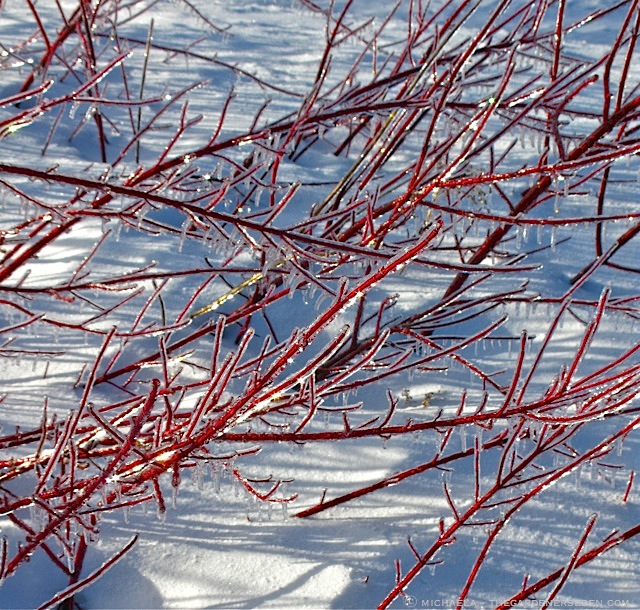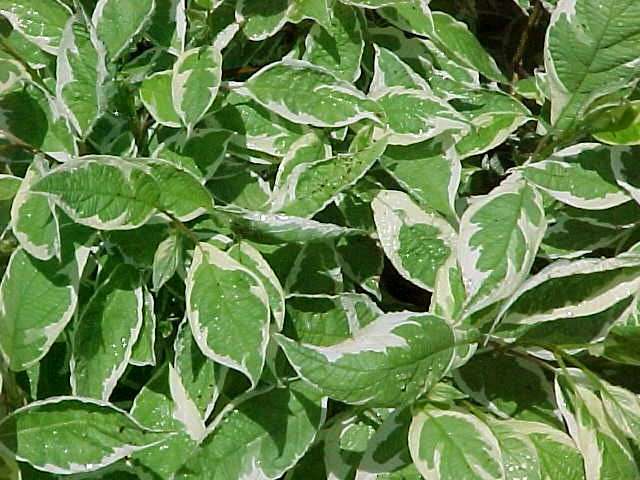 |
| 'Sweet n' Neat' Tomatoes make a lovely, living edible ornament |
I first heard of this variety while attending the Perennial Plant Association's 2012 symposium. In the talk "Food for Thought, Edibles in the Landscape," Lloyd Traven of Peace Tree Farm shared his edible ornament idea with the audience, and he suggested 'Sweet n' Neat' as a good variety for the concept.
Working with Knoxville's Austin-East High School, we grew 200 edible ornaments as a fundraiser for their garden program. There was immediate and intense interest! This has been a very popular concept for a plant sale, and I'd definitely recommend other schools that have access to a greenhouse try this in the future.
 |
| A rosemary tree is another edible and living holiday gift idea. |
This variety may not be available from a big box store, but check with your local garden center to see if they carry any. If not, suggest they grow some for the next holiday season! Knoxvillians can pick up their edible ornaments by contacting myself or the lead teacher of Austin-East High School's garden program.
A rosemary tree makes another lively holiday gift. Consider purchasing from a good local nursery instead of the grocery store or a big box store. Rosemary grown at a local nursery is more likely to have been properly cared for and will make a more healthy gift. In my experience, grocery chains and box stores tend to over-water their rosemary trees, which can result in an algae-ridden, smelly plant that has root rot (and who would want that?). Be sure to inform recipients that their rosemary probably won't be hardy enough for life outdoors, and will enjoy spending chilly winters inside or in the garage.
Add a festive, living gift to your holiday traditions. The gardeners on your Christmas list will be glad you did!
If you have any questions, ideas, or suggestions, leave a comment or shoot me an email.
How do you incorporate gardening into your holiday traditions? What are your experiences with growing 'Sweet n' Neat' Tomatoes or rosemary trees?







